Of the following which is the product formed when cyclohexanone undergoes aldol condensation followed by heating?
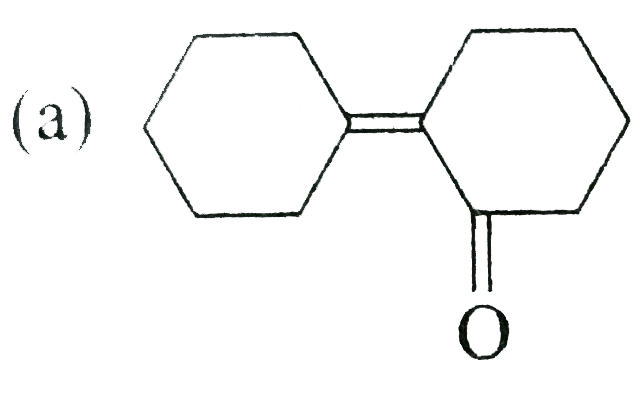
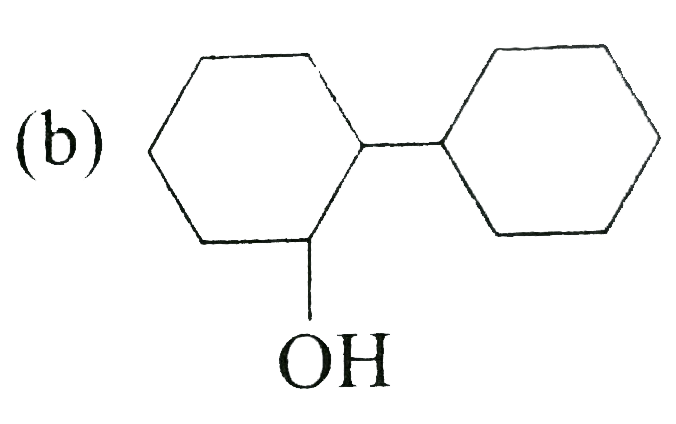
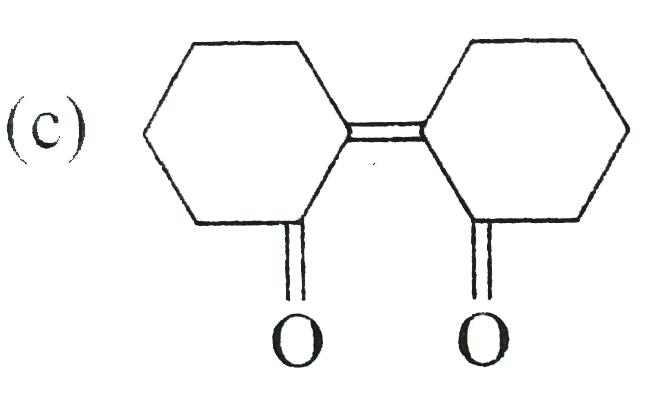
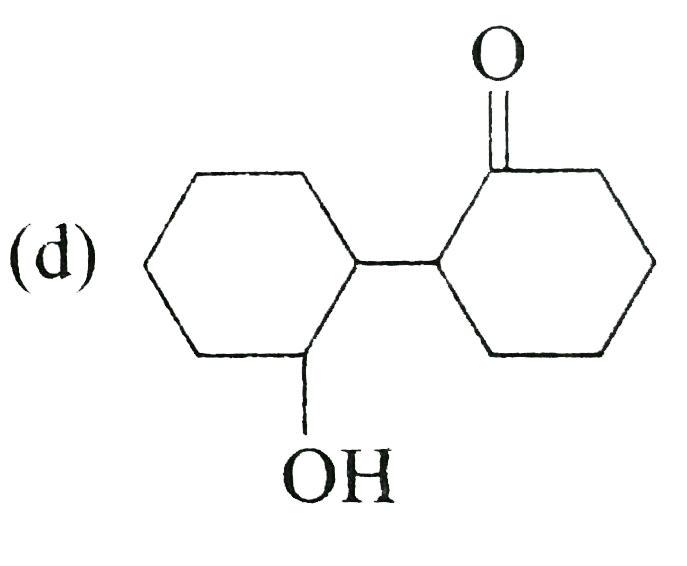
The correct Answer is:A
To solve the question regarding the product formed when cyclohexanone undergoes aldol condensation followed by heating, we can follow these steps:
Step 1: Understand Aldol Condensation
Aldol condensation involves the reaction of two carbonyl compounds (in this case, cyclohexanone) in the presence of a base. Cyclohexanone has two alpha hydrogens, allowing it to participate in this reaction.
Hint: Remember that aldol condensation requires at least one alpha hydrogen on the carbonyl compound.
Step 2: Identify the Reaction
In the first step of aldol condensation, one molecule of cyclohexanone will deprotonate at the alpha position (where the hydrogens are) to form an enolate ion. This enolate ion will then attack the carbonyl carbon of another cyclohexanone molecule.
Hint: Look for the formation of an enolate ion and its nucleophilic attack on another carbonyl carbon.
Step 3: Form the Aldol Product
The aldol product formed from the reaction of two cyclohexanone molecules will have a hydroxyl group (-OH) at the beta position relative to the carbonyl group. The structure can be represented as follows:
- The cyclohexanone ring remains intact.
- A new bond forms between the alpha carbon of one cyclohexanone and the carbonyl carbon of another cyclohexanone.
- The product will have a hydroxyl group (-OH) attached to the beta carbon.
Hint: Ensure you visualize the structure and identify where the new -OH group is located.
Step 4: Heating the Aldol Product
Upon heating, the aldol product undergoes dehydration, where a water molecule is eliminated. This results in the formation of an α,β-unsaturated carbonyl compound. The -OH group loses a hydrogen, and a double bond forms between the alpha and beta carbons.
Hint: Dehydration leads to the formation of a double bond, so look for the elimination of water.
Step 5: Identify the Final Product
The final product after dehydration will be a compound with a double bond between the alpha and beta carbons, along with a carbonyl group. The structure will resemble a cyclohexene derivative with a carbonyl group at the end.
Hint: Check the options provided in the question to match the structure of the final product.
Conclusion
The major product formed when cyclohexanone undergoes aldol condensation followed by heating is an α,β-unsaturated carbonyl compound, specifically a compound with a cyclohexene structure and a carbonyl group.
Final Answer: The correct option is A, which corresponds to the structure obtained from the aldol condensation and subsequent dehydration of cyclohexanone.
Aldol condensation involves the reaction of two carbonyl compounds (in this case, cyclohexanone) in the presence of a base. Cyclohexanone has two alpha hydrogens, allowing it to participate in this reaction.
In the first step of aldol condensation, one molecule of cyclohexanone will deprotonate at the alpha position (where the hydrogens are) to form an enolate ion. This enolate ion will then attack the carbonyl carbon of another cyclohexanone molecule.
The aldol product formed from the reaction of two cyclohexanone molecules will have a hydroxyl group (-OH) at the beta position relative to the carbonyl group. The structure can be represented as follows:
- A new bond forms between the alpha carbon of one cyclohexanone and the carbonyl carbon of another cyclohexanone.
- The product will have a hydroxyl group (-OH) attached to the beta carbon.
Upon heating, the aldol product undergoes dehydration, where a water molecule is eliminated. This results in the formation of an α,β-unsaturated carbonyl compound. The -OH group loses a hydrogen, and a double bond forms between the alpha and beta carbons.
The final product after dehydration will be a compound with a double bond between the alpha and beta carbons, along with a carbonyl group. The structure will resemble a cyclohexene derivative with a carbonyl group at the end.
The major product formed when cyclohexanone undergoes aldol condensation followed by heating is an α,β-unsaturated carbonyl compound, specifically a compound with a cyclohexene structure and a carbonyl group.
Topper's Solved these Questions
- BOOK - A2ZCHAPTER - ALDEHYDES, KETONES AND CARBOXYLIC ACIDEXERCISE - AIIMS Questions40videos
ALDEHYDES, KETONES AND CARBOXYLIC ACID
- BOOK - A2ZCHAPTER - ALDEHYDES, KETONES AND CARBOXYLIC ACIDEXERCISE - Assertion-Reasoning Questions7videos
ALDEHYDES, KETONES AND CARBOXYLIC ACID
- BOOK - A2ZCHAPTER - ALDEHYDES, KETONES AND CARBOXYLIC ACIDEXERCISE - Section B - Assertion Reasoning33videos
ALDEHYDES, KETONES AND CARBOXYLIC ACID
- BOOK - A2ZCHAPTER - ALCOHOLS, PHENOLS AND ETHERSEXERCISE - Section D - Chapter End Test30videos
ALCOHOLS, PHENOLS AND ETHERS
- BOOK - A2ZCHAPTER - BIOMOLECULESEXERCISE - Section D - Chapter End Test30videos
BIOMOLECULES
Similar Questions
Knowledge Check
- Question 1 - Select One
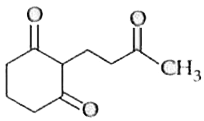
on aldol condensation followed by heating givesA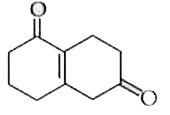 B
B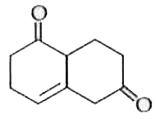 C
C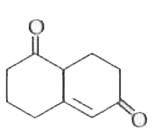 D
D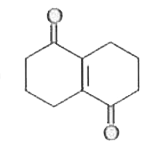
- Question 2 - Select One
 on aldol condensation followed by heating givesA
on aldol condensation followed by heating givesA B
B C
C D
D
- Question 3 - Select One
What is product formed when cyclohexane carbaldehyde undergoes aldol condensation ?
A B
B C
C D
D
This does NOT undergo aldol condensation :
View SolutionWhich of the following undergoes aldol condensation ?
View SolutionWhich of the following undergoes aldol condensation?
View SolutionAldehydes that do not undergo aldol condensation are
View SolutionWhich of the following would undergoe aldol condensation?
View Solution

